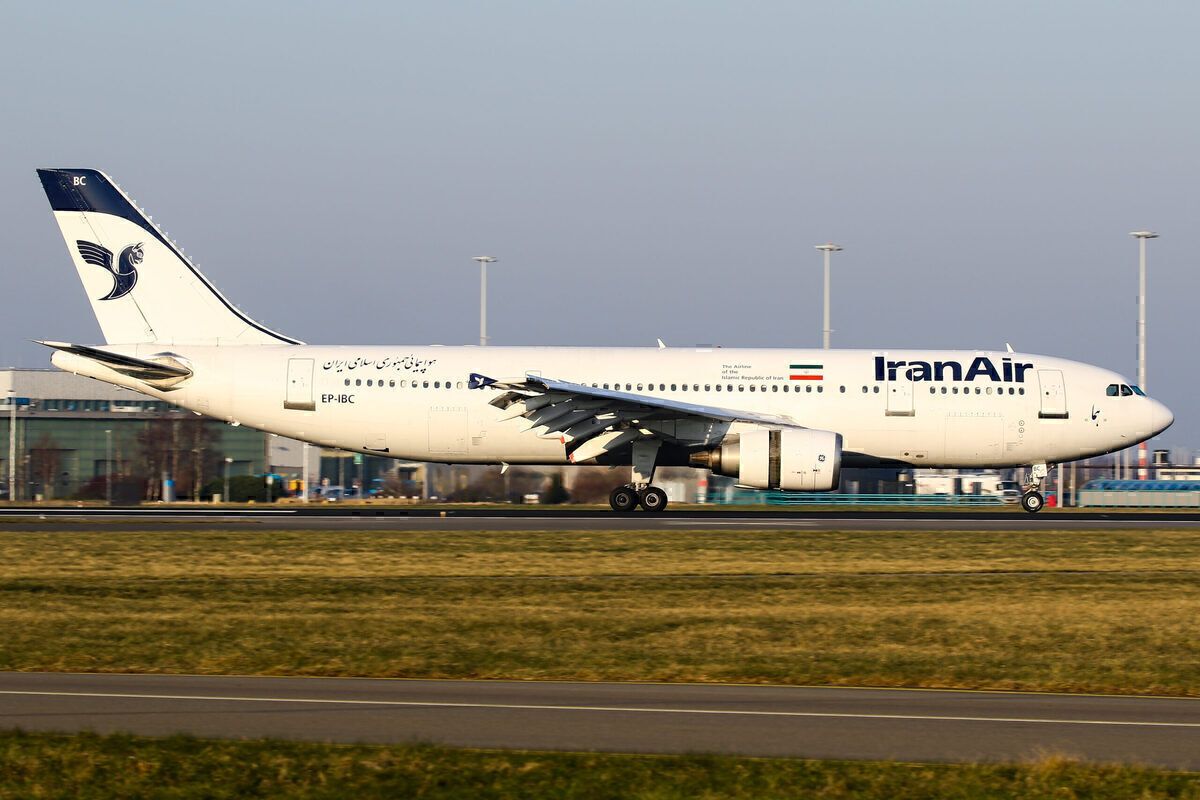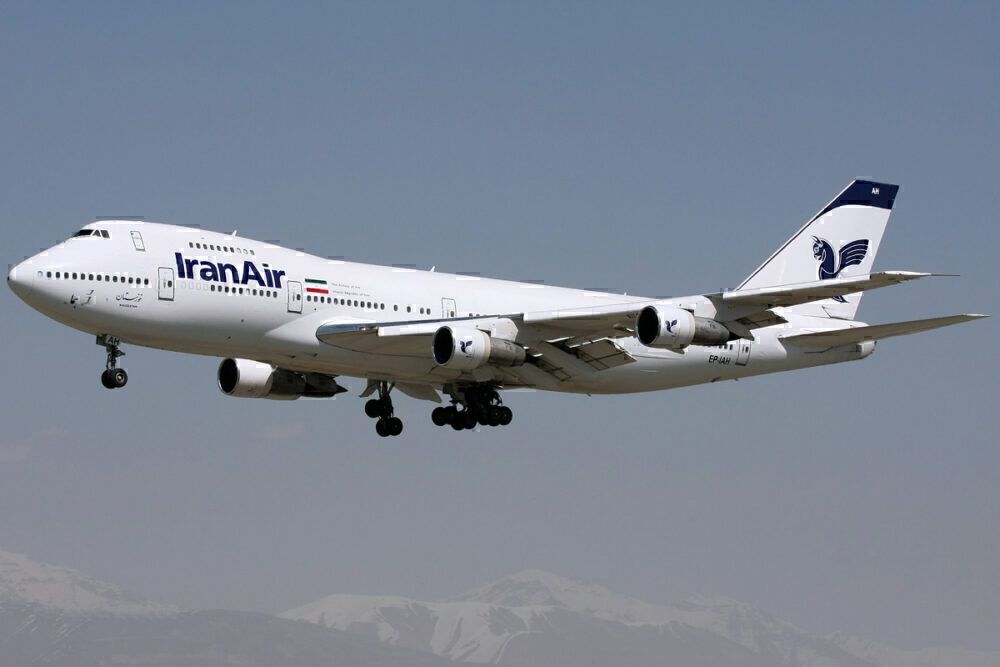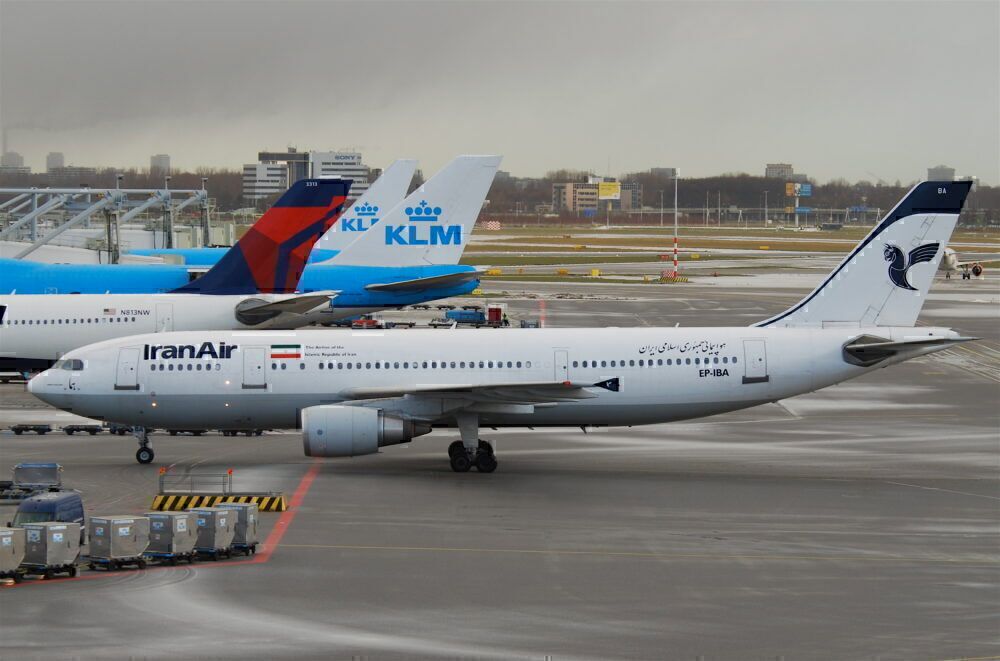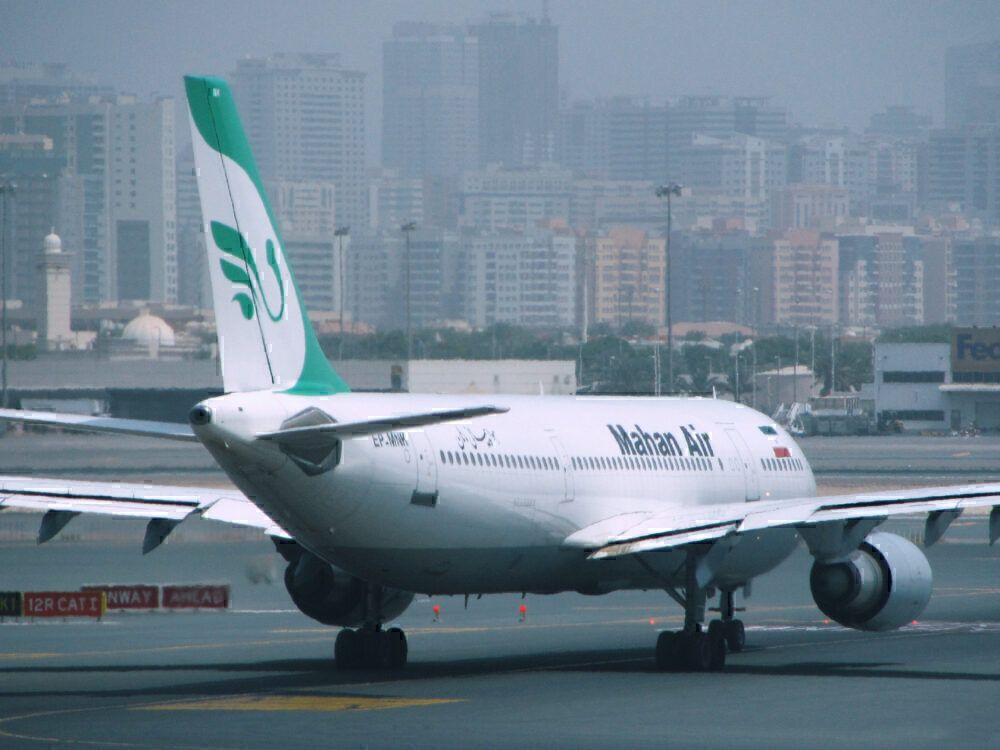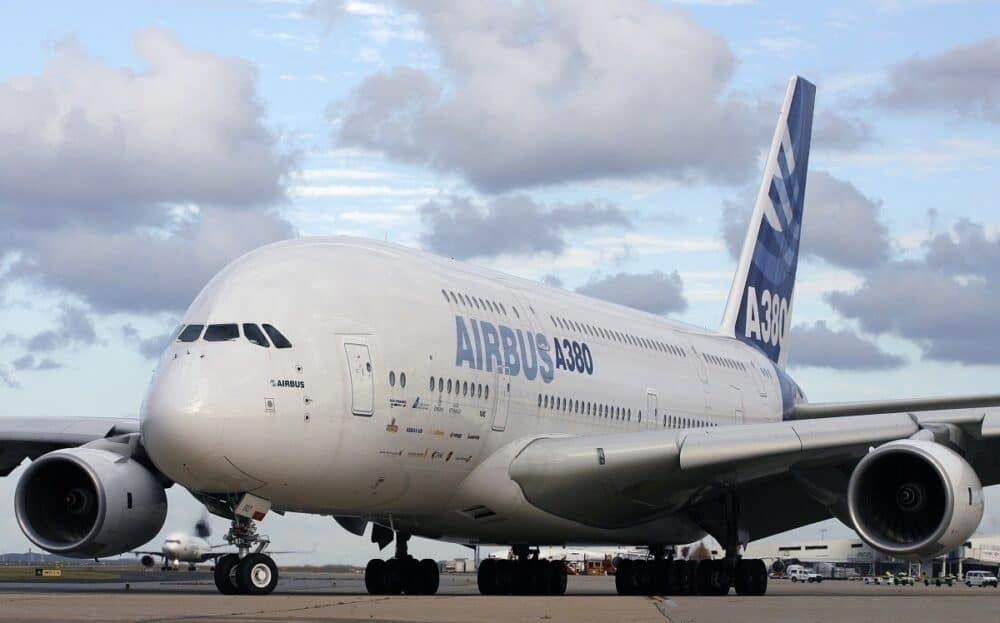The A300 was Airbus’ first aircraft. There are only a few places left where it is still in service, though. Iran is one of the countries where the plane flies with several airlines. This is not really by choice; it results from sanctions that prevent airlines from renewing fleets, as this article explores.
Iran in the 1970s
Back in the 1970s, airlines in Iran had some large and modern fleets. The largest airline and flag carrier, Iran Air, was founded in 1944 and began international services to several European countries as well as extensive domestic services. It expanded to the US in 1971.
By the late 1970s, Iran Air operated a sizeable and diverse fleet. It took delivery of the Boeing 707 and 727-100 in 1965, followed by the Boeing 737-200 in 1971 and the 727-200 in 1974. From 1978, it introduced three variants of the 747 (the 747-100, -200, and longer range 747-SP). It introduced the Airbus A300 in 1978, first used on regional routes.
Iran Air was offering direct services to New York using the 747-SP, as well as Beijing and Tokyo. It was developing plans to become a major hub carrier and extending its reach west to Los Angeles and east to Sydney. Unfortunately, these plans were never to be realized.
Under sanctions
The airline's expansion, both in fleet and destinations, hit difficulties in 1979. Sanctions against Iran were put in place then, and have remained more or less in place since. The first sanctions came about due to the hostage-taking at the US Embassy in Tehran in 1979. These sanctions were later extended during the Iran-Iraq War and as a response to the Iranian nuclear program.
Sanctions affected many areas of trade and the freezing of Iranian assets. But, critically for aviation, they included a ban on trade with any US manufacturers. It also prevented airlines from purchasing aircraft parts, new or used. Restrictions have even extended to servicing, with some countries refusing to refuel Iranian aircraft.
Stay informed: Sign up for our daily aviation news digest.
Refurbishing older aircraft
With sanctions in place, Iranian airlines have not been able to purchase new aircraft. They have instead had to repair and maintain existing aircraft but have managed some secondhand purchases. Even non-US purchases are difficult as aircraft contain US parts. There has been interest in the Sukhoi Superjet SSJ100, for example, but this has more than 10% US-manufactured components, so is covered by the sanctions.
Maintenance has not been easy either, with limited access to second-hand parts. According to an analysis by the Washington Institute, as of 2019, 23 airlines had a total fleet of 300 aircraft but could only operate 156 of these due to repair and parts difficulties.
The A300 has fared better than many other aircraft. For example, Iran Air has retired all its Boeing aircraft (the 707 lasted until 2000, the 727 until 2014, and the 747 until 2016). The A300s were some of the last new aircraft to be delivered but still have an average age (according to Airfleets.net) of 30.6 years).
In 2018, Iranian media reported that Iran Air had successfully repaired an A300, with engine issues, and returned it to service (according to the Iranian Labour News Agency). It’s a good indication of the difficulties airlines face with aircraft repairs, but also their reliance on the A300.
In September 2020, there were also reports that a Boeing 747 had been refurbished, most likely for cargo operations.
The A300 in Iran today
Simple Flying looked at where the A300 was still in service in October 2019. Of the 561 aircraft built, 223 were still in service. Most of these are in freight use, however.
Of the passenger airlines still operating the A300 in 2020, Iranian airlines take the top four places. The following airlines still operate it:
- Iran Air. Iran Air has reduced significantly in size since the 1970s (Mahan Air now operates a larger overall fleet). It still has 10 A300s in service (out of a total fleet of 52).
- Mahan Air. This is a private airline established in 1991. It acquired several second-hand A300 between 2006 and 2014, many of them from Lufthansa. It currently has nine aircraft still in its fleet.
- Qeshm Air. This is another private airline, started in 1996. It has four A300s in its fleet of 19 aircraft.
- Meraj Airlines. It operates two A300s out of a fleet of just six aircraft.
New aircraft in the future?
The past few years have seen the first new aircraft enter the fleet of Iranian airlines since the 1970s. There have been much less than hoped for, however.
Sanctions were lifted under President Obama in 2016, after the signing of a nuclear deal in 2015. This saw some huge orders placed very quickly. According to reporting by Forbes, over 300 orders and 50 options were placed within 18 months. Airbus did best out of these orders and options, with 173. Boeing received orders for 140 aircraft and ATR 40 orders. 220 of these orders came from Iran Air, very keen to renew its fleet.
Unfortunately for the airlines, sanctions were re-introduced in 2018, and most of these orders were canceled. A few aircraft managed to be delivered. According to the Washington Institute, only three Airbus and 13 ATR aircraft were delivered.
The appetite is clearly there for more aircraft. Whether they can be delivered depends on what happens to sanctions going forward.
Would you like to share any thoughts on the A300 or other aircraft in Iranian airline's fleets? Let us know in the comments.

